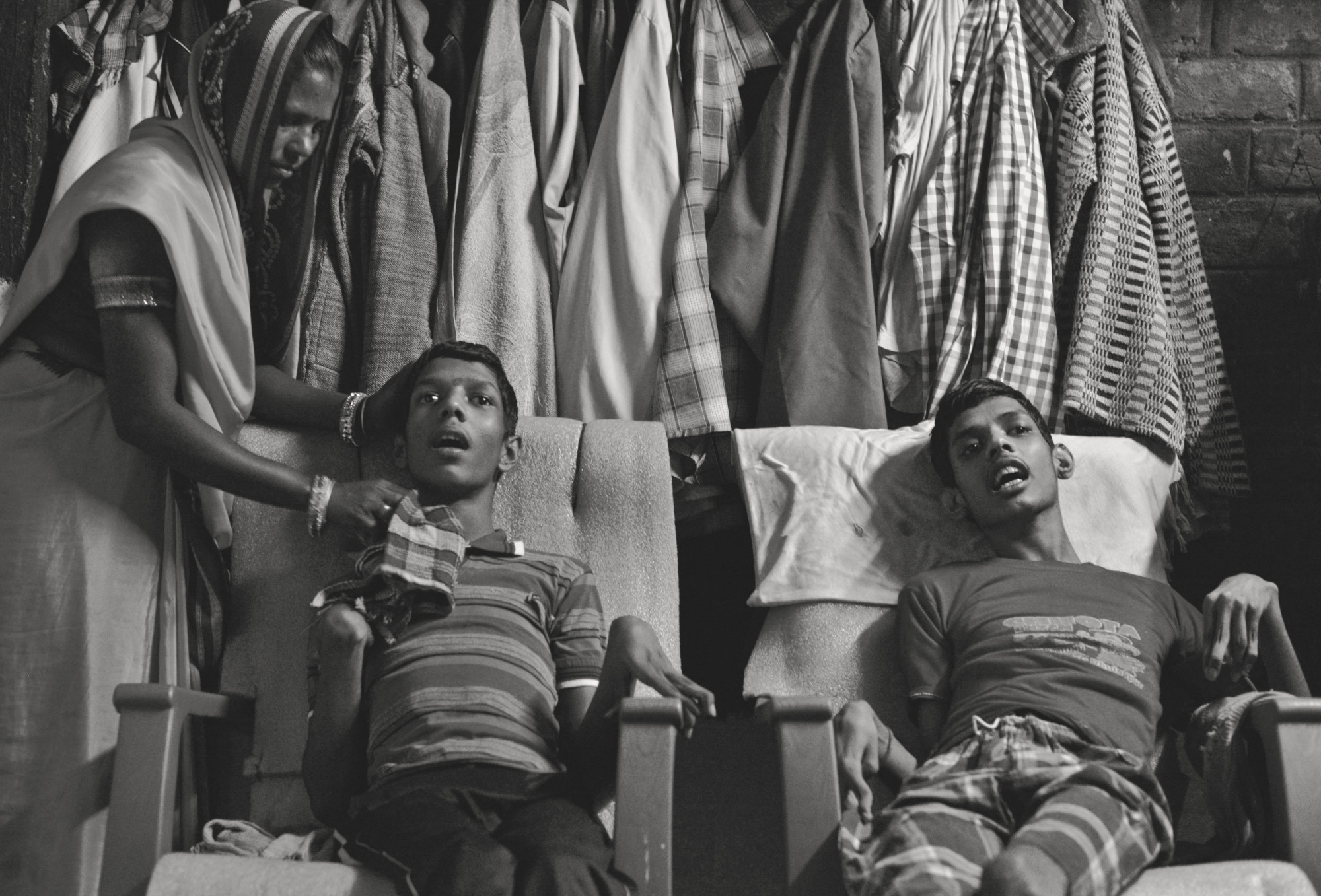In 1984, a little after midnight on December 3, a gas leak was reported from Plant Number C at the Union Carbide's (now Dow Chemicals) pesticide factory in Bhopal, Madhya Pradesh. As the cold twilight breeze picked up, the poisonous gas—later estimated to be about 42,000 kilograms of methyl isocyanate, a highly toxic and colourless gas that's not just flammable and reacts with water, but is also life-threatening—wafted through the city.
Within a few hours, around 3,000 lives were wiped off from the face of the earth. Today, government records show 5,295 deaths. Amnesty International claims at least 7,000 deaths within the first three days. But activists and families of victims claim up to 8,000 to 10,000 deaths. A 2006 affidavit stated around 5,58,125 injuries, with 3,900 people left with severe and permanently disabling injuries.
Today, when you talk about Bhopal, you only think of one thing: that it was, and continues to be, the world's deadliest industrial disaster. It's been 35 years since half of 8.5 lakh Bhopali population coughed, wheezed and complained about their eyes and skin burning up, until they either met a quick death or lasted long enough to see their descendants suffer alongside.
Read the full story on the Vice website.

























